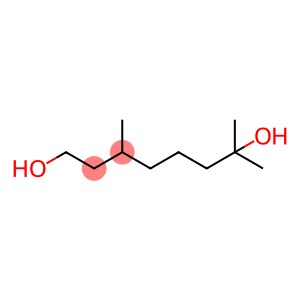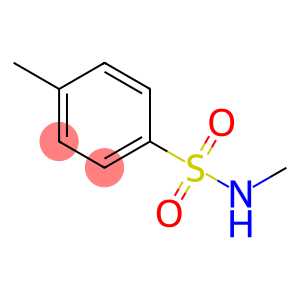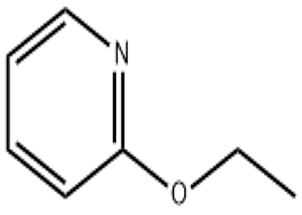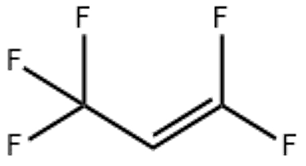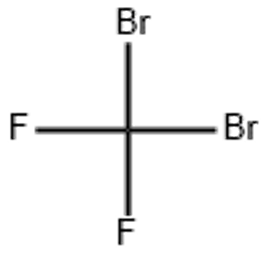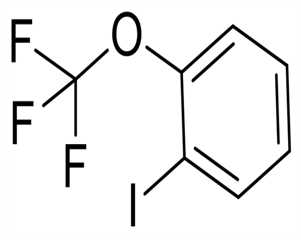HYDROXYCITRONELLOL(CAS#107-74-4)
| Safety Description | 24/25 – Avoid contact with skin and eyes. |
| Toxicity | Both the acute oral LD50 value in rats and the acute dermal LD50 valuein rabbits exceeded 5 g/kg(Levenstein, 1973). |
Introduction
3,7-Dimethyl-1,7-octandiol is an organic compound, the following is an introduction to its properties, uses, preparation methods and safety information:
Quality:
Appearance: 3,7-Dimethyl-1,7-octandiol is a colorless to light yellow liquid.
Solubility: It is soluble in water and organic solvents such as ethanol and acetone.
Density: It has a density of about 0.89 g/cm³.
Use:
3,7-Dimethyl-1,7-octandiol is commonly used in the preparation of surfactants, such as synthetic detergents and emulsifiers.
3,7-Dimethyl-1,7-octandiol can also be used in organic synthesis reactions as an active synthesis reagent.
Method:
There are many preparation methods for 3,7-dimethyl-1,7-octanediol, such as hydrogenation or reduction reaction of alkylated chain carbon alcohols.
Safety Information:
3,7-Dimethyl-1,7-octandiol is relatively stable and has no obvious explosion risk.
Wear appropriate personal protective equipment, such as gloves and glasses, and avoid contact with skin and eyes during handling.


